One focus of the Fallings Walls Science Summit 2021, an annual science conference that was held in Berlin in November, was to draw attention to some of the work that scientists in Africa are doing to engage with their countries’ people.
Nature sat down with five science communicators at the summit to talk about their work and how they’re tackling local challenges to bridge the gap between science and society in Africa.
YISALEMUSH ASEFA: Using radio to boost childhood vaccination
Clinical nurse and public-health professional at Jimma University, Ethiopia.
In March 2020, my team of five and I created a community radio project, owned by and broadcast from Jimma University, Ethiopia, to promote childhood vaccination among communities in the country’s Oromia region.
In Ethiopia, coverage with pentavalent vaccine — a single vaccine that protects children against diphtheria, pertussis, tetanus, hepatitis B and Haemophilus influenzae — was 33% among infants in 2017. There are several key reasons why many children have not been vaccinated on time. For example, local communities lack adequate maternal-health facilities, so many babies are born at home and do not receive their shots. There’s also a lack of access to both reliable information on vaccines and the vaccines themselves.
Radio is one of the country’s most popular communication channels, but health workers hadn’t previously used it to engage with the public. Our programme aims to reach more people through FM broadcasting to ultimately improve childhood vaccination rates. Compared with other forms of media, radio is widely available in rural Ethiopia. Just over half of the country’s households have a television set, and only about 20% of the population has reliable Internet access.
The programme aired between October 2020 and January 2021. It comprised a series of 10-minute dramas performed in the local Afaan Oromo language, followed by a 10-minute discussion in the studio about childhood vaccination and then a 30-minute session for listeners to phone in with questions. We called it the 10+10+30 Radio Project. It had 12 episodes, each of which aired twice per week, every Friday and Sunday at 2:00 p.m.. The sessions were moderated by professional health-care workers, including nurses and doctors, who we trained to go on the radio, and the topics of the episodes were developed during group discussions with health workers, radio actors, mothers and other community members.
We’ve reached more than one million people in Jimma and have observed significantly higher vaccination rates in communities where the programme aired. Vaccination coverage in the intervention district was 85%, whereas in the control district it was 62.2%. It has also improved the health workers’ communication skills and boosted their confidence in public engagement.
But we faced challenges, too. One week after we trained health workers on how to serve as radio panellists for the programme, the World Health Organization announced the COVID-19 pandemic. It led to a six-month delay before our programme aired, and it was difficult to collect baseline data for the study. It was also challenging for the radio actors to perform in the studio because of social-distancing measures and lockdowns. Despite these setbacks, we’ve trained 13 health workers so far in how to speak clearly, reduce jargon and interact with listeners on radio. We hope to get more funding from our previous sponsor, the Bill & Melinda Gates Foundation, a research funder based in Seattle, Washington, and funding agencies in Ethiopia to scale up the project. We want to produce more episodes and translate the previous episodes into other local languages in Ethiopia.
To have an effective science-engagement programme, think deeply about your target audience. In our case, we ensured that local communities were involved during the planning and development of the episodes. Alongside focus-group discussions, we also pilot-tested the first episodes to assess whether they were likely to have an impact. You might not fully understand communities’ needs until you engage with them.
ANASTASIA KOCH: Teenage tales of infectious disease on film
Director and co-founder of Eh!woza in Cape Town, South Africa.
In 2014, while I was studying tuberculosis (TB) as a PhD student at the University of Cape Town, I realized that I had never engaged with anyone actually affected by the disease — even though it killed 58,000 people in South Africa in 2019. I came to feel that, although my work was important, it was too slow to make an impact on society. I started looking for other avenues to share my biomedical knowledge with the public. I met contemporary visual artist Ed Young while I was preparing a workshop to engage South African secondary-school students with biomedical research. I asked Ed to film the workshop. When the film was produced, the scientists and students were so excited — which led me to look into science communication more seriously.
Ed and I applied for the International Engagement Awards, provided by London-based funder Wellcome, and got funding in 2014 to create Eh!woza, a non-profit organization centred on science communication. We recruit secondary-school students from areas with high rates of HIV and TB, such as the Makhaza suburb of Khayelitsha, the largest township in Western Cape, and Masiphumelele, Cape Town, to visit laboratories and learn about biomedical research, including drugs and vaccines for these diseases and the clinical trials that test them. We train the participants in science communication and equip them with the skills and equipment to produce films and documentaries on the social impact of the diseases; we now have a series of such films available on our website.
Storytelling is powerful: it helps you to simplify complex narratives and humanize science. Our programme gives young people the space to tell their own stories about science and health. This is our core principle, and we strongly adhere to it. In South Africa, local communities’ challenges are different from the ones people in more developed countries face. So, science communication isn’t about sharing scientific information alone — we have to address people’s needs. There is a social-justice element in this context.
My advice for researchers who are thinking of moving into science communication and engagement is: don’t be afraid or intimidated. It might feel difficult at first, but it becomes easier along the way. Listen to the people you engage with and learn from the public. Science engagement can be difficult, but it’s deeply rewarding.
Most of the time, teenagers are a lot of fun to work with, and they have loads of energy. But they do come with some challenges: some aren’t very punctual, and many are attached to distractions such as smartphones and selfies. We sometimes have to ban phones during work time. A lot of the teenagers come from less-privileged communities, and it’s really amazing to see their growth during the programme, but sad to see them leave at the end.
JUDY BAARIU: Science engagement for mental-health awareness
Research officer and project coordinator for the Difu Simo mental-health awareness campaign at the Kenya Medical Research Institute–Wellcome Trust Research Programme, Kilifi, Kenya.
In many Kenyan communities, people with mental-health problems face stigma and discrimination. Some are even accused of witchcraft. This is something I encounter often in my work as a research officer at the Kenya Medical Research Institute (KEMRI)–Wellcome Trust Research Programme in Kilifi. In October 2019, to try to combat this, my collaborators and I launched Difu Simo, a mental-health engagement project in Kilifi. Difu Simo is a collaboration between the Documentary Institute of Eastern Africa in Nairobi, the Malindi District Cultural Association and the KEMRI–Wellcome Trust programme. The term difu simo is a phrase used by the people of Kigiriama, which loosely translates to ‘breaking free’.
Our aim is to raise awareness about mental illness and to demystify myths and misconceptions about the causes and management of mental-health problems. We engage with local communities to foster dialogue about mental illnesses as well as to encourage people with these conditions to seek proper care. We work with scientists, filmmakers, medical practitioners (both modern and traditional) and community members. Our communications are in Kiswahili — the lingua franca in Kenya — and Kigiriama to reach as many people as possible. We use tools such as documentary films and outreach activities, including music and dance, to educate the public on mental illness.
For example, last year we produced a series of videos with community members who’ve dealt with mental-health problems, and we use the videos to engage the wider population in Kilifi. Through our efforts, we have directly reached more than 5,000 community members, and the impact of our work has led to an increase in the number of people seeking help in mental-health facilities, according to our collaborators.
It’s not easy to get people to go on film and talk about their mental illness, given the stigma they often face — especially because the films are shown to other community members who can recognize our participants. But using a participatory approach helped us to create trust. The success of science-engagement programmes depends on how you interact with community members and the confidence you help them to build, as well as understanding and patience.
As a health practitioner, I struggled a lot when I started engaging with these local communities, and it’s difficult to change people’s long-held cultural beliefs, despite their lack of any scientific basis. My advice for scientists who want to implement similar work that includes engaging with local stakeholders is to be willing to listen to the community members, learn from them and collaborate with them — especially in health-promotion interventions. When you know what the community will respond to, you then build sustainable programmes. Science engagement can change how researchers work in communities: it is an opportunity for shared learning.
KYEREWAA A. BOATENG: A documentary on deafness dispels misconceptions
Community- and public-engagement officer at the West African Centre for Cell Biology of Infectious Pathogens, University of Ghana, Accra.
Deafness in many Ghanaian communities is a sensitive issue, with lots of superstitions around the condition. It can be difficult for scientists to get blood samples for testing from people with deafness, for example, and to engage with their families. Also, researchers can face significant challenges when engaging with deaf people for research into some of the genetic factors that contribute to hearing impairment.
In my role as community-engagement officer, I work with scientists at the West African Centre for Cell Biology of Infectious Pathogens at the University of Ghana in Accra. My job is to lead scientists from their labs into communities to engage the public with their research.
To help scientists engage with the community, we developed two versions of a 25-minute documentary drama on the genetics of deafness, titled A Smile of Hope, with the aim of aiding hearing-impairment research at the centre. One version, designed for deaf people, uses only sign language. The other includes audio for people who can hear. Using the documentary, researchers can teach the science and genetics of hearing impairment to deaf people and their family members. It helps scientists to explain why these people are deaf and to dispel long-held misconceptions regarding the condition.
We have engaged more than 1,000 deaf people across Ghana — at schools for the deaf as well as at visits to family homes and local communities. We’ve found that the video has had an impact: after people watch it, they tell us they’re more willing to give their blood for genetics research. In a multicultural society such as Ghana, those doing science engagement need to consider different cultures and customs in developing and designing campaigns.
When creating our documentary drama, we engaged deaf students, their parents and siblings, and community members in five regions of Ghana with different ethnic backgrounds to help make our film culturally acceptable and community-friendly. We organized focus-group discussions and conducted in-depth interviews with these stakeholders before developing scripts to maximize community sharing, listening and learning. We also involved a multidisciplinary team including genetics researchers, deaf actors, actors who can hear, public-engagement scholars and drama-production experts in Ghana. Scientists should listen to communities and learn to co-create successful science-engagement solutions.
STANLEY ANIGBOGU: Getting young girls into science
Storyteller and creative technologist in Onitsha, Anambra, and promotes STEM education for young girls in southeastern Nigeria.
More than ten million children in Nigeria are not in school. Those in school face challenges when pursuing science, technology, engineering and mathematics (STEM) subjects. In particular, girls are under-represented in STEM, and enrolment is an uphill battle for them. Barriers such as gender bias and social norms and expectations prevent young girls from receiving an education and influence the subjects that they study at school. To help reverse this trend in Nigeria, I launched the STEM4HER programme in February 2021, to train young girls in STEM fields and to inspire them to become innovators and solve problems in their local communities.
STEM4HER is a series of classes for girls. They learn to develop ideas, identify problems in their communities and build technological solutions. Some participants have created portable hydroelectric generators, air purifiers and water-purification devices using locally sourced materials. We hope the girls will go on to become innovators and entrepreneurs.
In 2021, we trained 350 girls. Some have won awards at local and international science fairs, including a prize of 350,000 naira (US$850) from the Mandela Washington Fellowship Alumni Association of Nigeria’s Beyond School Community Challenge 2021, sponsored by the US Embassy and Consulate in Nigeria. The girls will use the money to develop their inventions.
It’s hard changing the girls’ mindsets, especially for those from rural communities with limited educational resources. I use stories of talented African women in STEM, such as Grace Alele-Williams, a mathematician and the first female vice-chancellor of a university in Nigeria, and Francisca Nneka Okeke, a physicist and winner of the L’Oreal–UNESCO Women in Science Award 2013, to show the girls that they, too, can make a positive impact on their communities and the globe. I feel that storytelling is a strong technique for instilling confidence and encouragement in my students.
I am studying multimedia development at the National School of Applied Sciences in Kenitra, Morocco, but my courses are flexible. I am currently in my final year and returned to Nigeria in January 2020 to work on STEM4HER. After completing my degree, I hope to expand my skills in filmmaking and to inspire more girls. We need more girls in science.
African scientists engage with the public to tackle local challenges - Nature.com
Read More
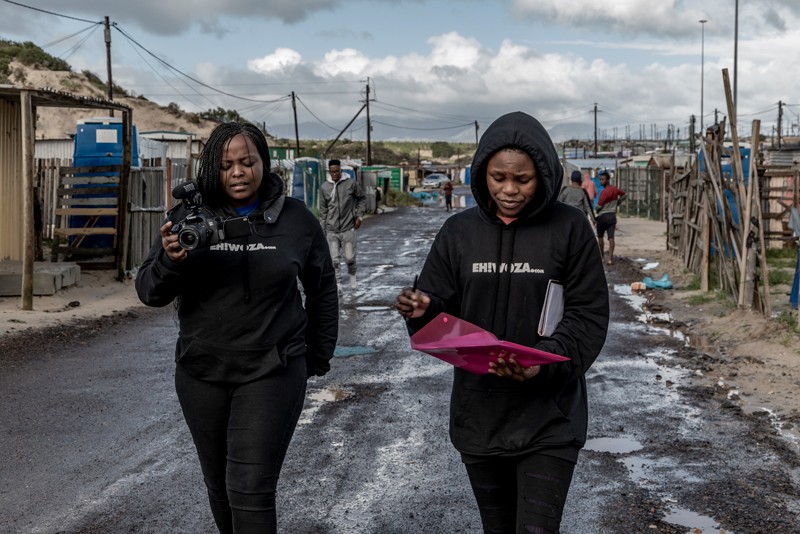
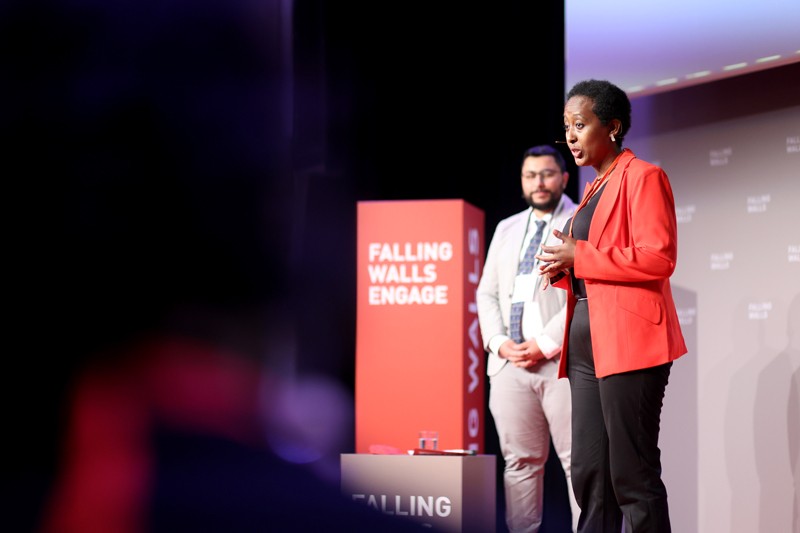
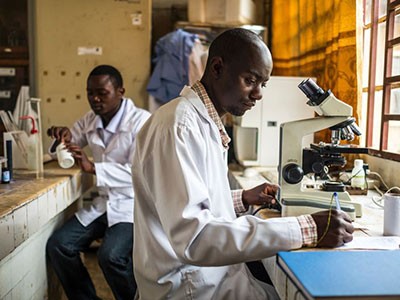
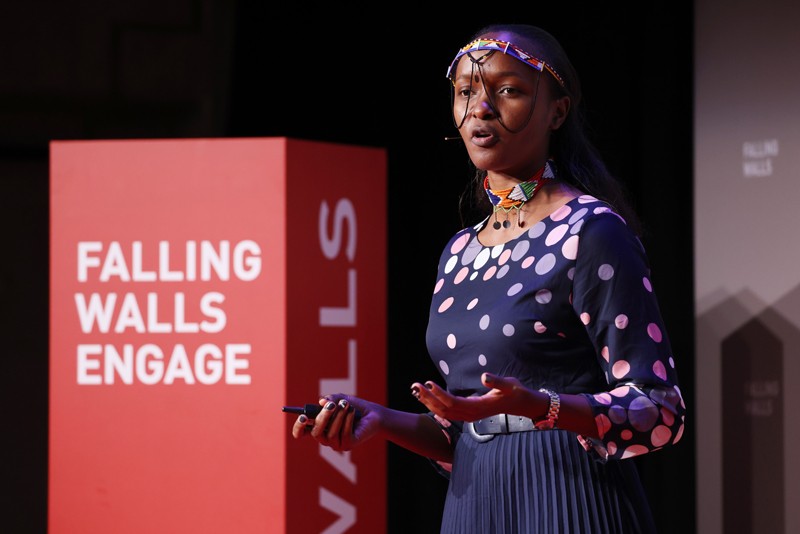

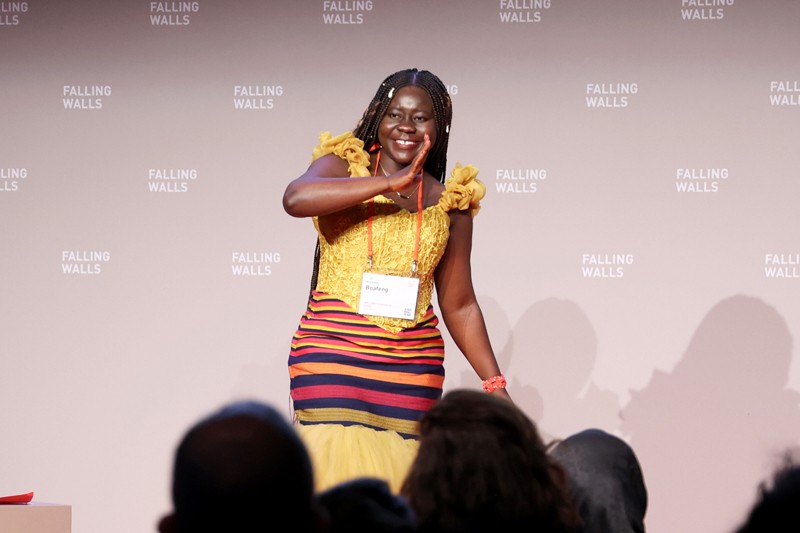
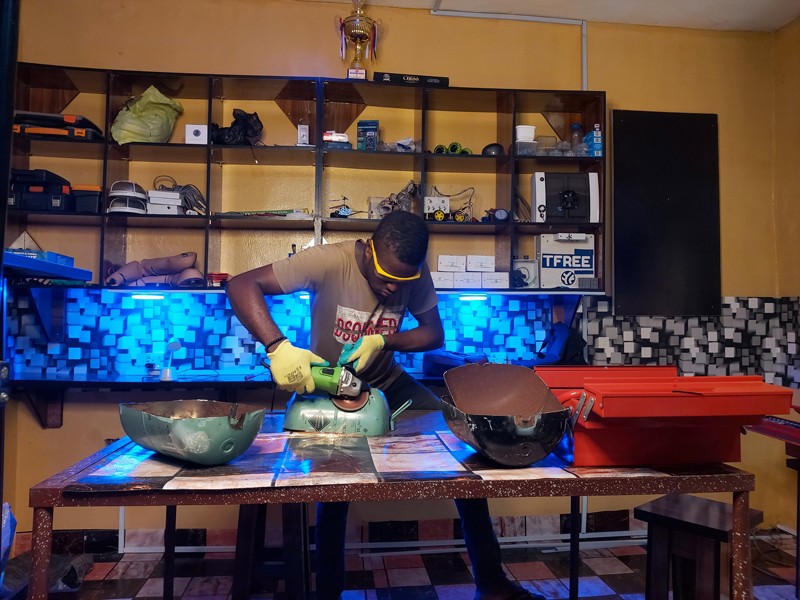
No comments:
Post a Comment